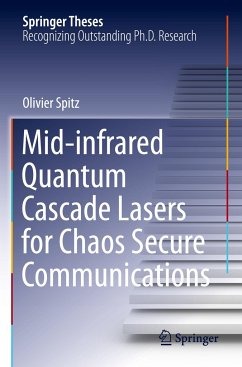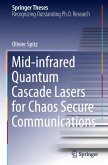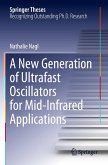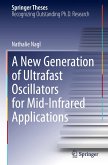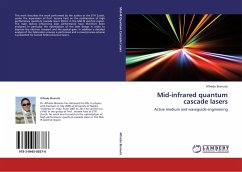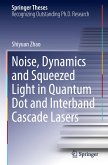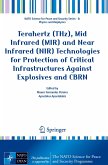The mid-infrared domain is a promising optical domain because it holds two transparency atmospheric windows, as well as the fingerprint of many chemical compounds. Quantum cascade lasers (QCLs) are one of the available sources in this domain and have already been proven useful for spectroscopic applications and free-space communications. This thesis demonstrates how to implement a private free-space communication relying on mid-infrared optical chaos and this requires an accurate cartography of non-linear phenomena in quantum cascade lasers.
This private transmission is made possible by the chaos synchronization of two twin QCLs. Chaos in QCLs can be generated under optical injection or external optical feedback. Depending on the parameters of the optical feedback, QCLs can exhibit several non-linear phenomena in addition to chaos. Similarities exist between QCLs and laser diodes when the chaotic dropouts are synchronized with an external modulation, and this effect is known as the entrainment phenomenon. With a cross-polarization reinjection technique, QCLs can generate all-optical square-waves. Eventually, it is possible to trigger optical extreme events in QCLs with tilted optical feedback. All these experimental results allow a better understanding of the non-linear dynamics of QCLs and will extend the potential applications of this kind of semiconductor lasers.
This private transmission is made possible by the chaos synchronization of two twin QCLs. Chaos in QCLs can be generated under optical injection or external optical feedback. Depending on the parameters of the optical feedback, QCLs can exhibit several non-linear phenomena in addition to chaos. Similarities exist between QCLs and laser diodes when the chaotic dropouts are synchronized with an external modulation, and this effect is known as the entrainment phenomenon. With a cross-polarization reinjection technique, QCLs can generate all-optical square-waves. Eventually, it is possible to trigger optical extreme events in QCLs with tilted optical feedback. All these experimental results allow a better understanding of the non-linear dynamics of QCLs and will extend the potential applications of this kind of semiconductor lasers.

